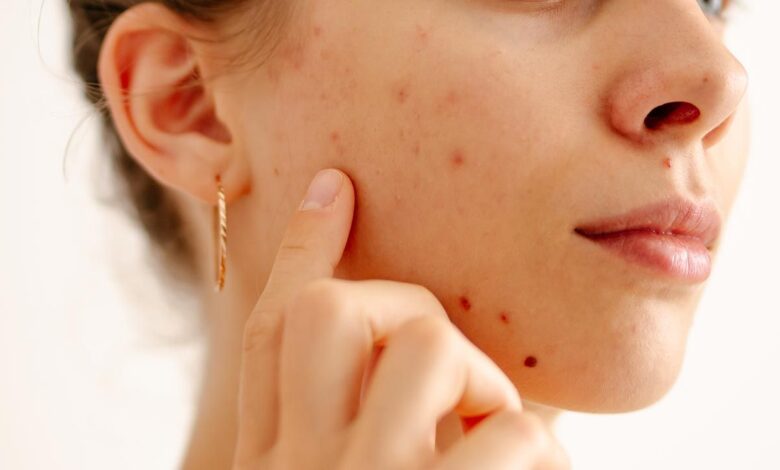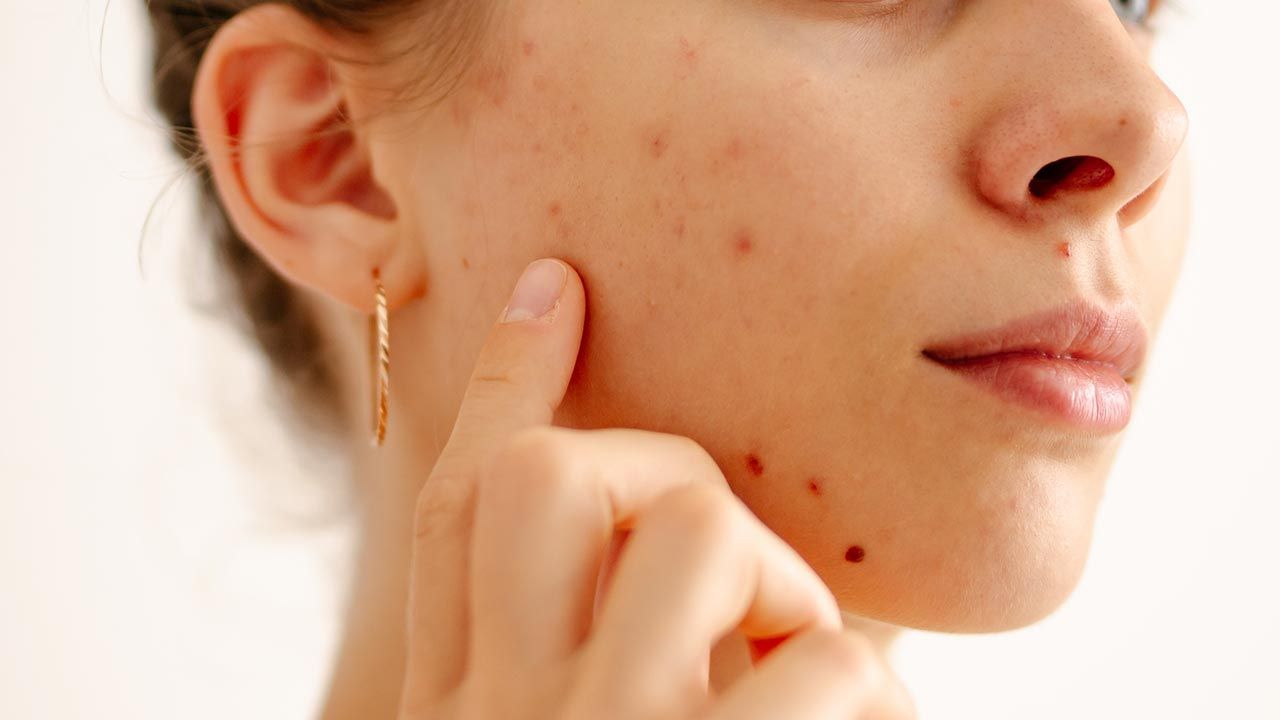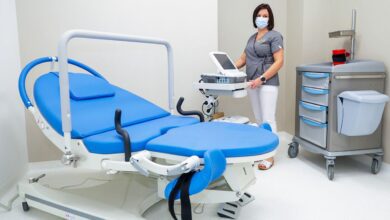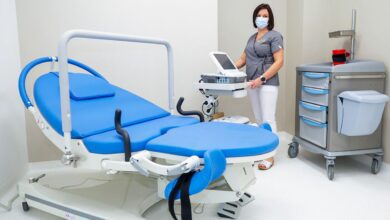
Innowacyjna terapia opracowana przez Polaka – nowa nadzieja dla osób cierpiących na trądzik.
Hidradenitis suppurativa (HS), also known as inverse acne, is a chronic, inflammatory skin disease that affects approximately 1% of the population worldwide. It is characterized by painful, deeply rooted nodules, abscesses, and fistulas in areas such as the armpits, groin, genital areas, and under the breasts.
This debilitating disease not only significantly reduces the quality of life for patients but also, through the associated inflammation, negatively impacts many organs in the body, leading to serious systemic complications such as inflammatory joint and bowel diseases, mood disorders, depression, and metabolic disorders including diabetes. As a result, the risk of cardiovascular diseases increases.
According to Professor Jacek Szepietowski, a dermatologist and president of the Polish Dermatological Society, HS affects one in a hundred people, meaning that in our country, up to 350,000 people could be affected by this condition. Despite this, knowledge about this condition is still limited, both among doctors and the general population.
In recent years, significant progress has been made in research on the pathogenesis of HS, thanks in large part to previous work by Professor Szepietowski. This has resulted in new treatment methods based on the neutralization of cytokines, molecules involved in initiating inflammation, sustaining it, and even maintaining pathological pain.
Now, an international team of researchers, coordinated by a Polish specialist, has developed a completely new treatment model that takes into account all important factors influencing the course of the disease – the phases of disease development and coexisting conditions. The researchers call their approach personalized and interdisciplinary.
The publication in „The Lancet” highlights that HS usually appears in the second or third decade of life (mainly in the 18-35 age group) and affects women more frequently than men. However, in Central Europe, the ratio is 1.5:1, and in East Asia, men are affected as often, if not more frequently. In many cases, initial symptoms are misdiagnosed as boils, skin infections, or sexually transmitted diseases, leading to an average ten-year delay in diagnosis.
The lack of a prompt diagnosis results in the development of serious skin changes in most patients, including fistulas and scars, which can lead to impaired mobility and a decrease in occupational activity. Numerous coexisting diseases accompanying HS also significantly worsen the quality of life and overall health of patients.
The team led by Professor Szepietowski identified three phases of the disease: inflammatory, destructive, and burnout phases. In the inflammatory phase, painful nodules and abscesses appear on the body, but the skin is not yet permanently damaged. In the destructive phase, fistulas and scars develop, leading to permanent skin damage. In the burnout phase, the inflammatory state subsides, but the remaining fibrotic tissue and scars can cause further complications.
The therapeutic approach developed by the researchers includes pharmacotherapy, surgical methods, and lifestyle modifications. Early implementation of this approach is crucial to halt disease progression and avoid serious skin damage.
Neutralization of key cytokines has become a significant advancement in HS treatment. Biologic drugs targeting inflammatory cytokines such as TNF-alpha and IL-17, including adalimumab, secukinumab, and bimekizumab, have shown effectiveness in reducing inflammation and preventing new skin lesions.
Promising therapies under clinical investigation include IL-1 and IL-36 blockers, as well as JAK kinase inhibitors. For advanced cases of HS, surgical methods are also proposed, ranging from the removal of single lesions to extensive procedures removing fistulas and scars. Combining surgery with biologic drugs is essential to reduce the risk of relapses and improve patients’ quality of life.
The third step in the proposed model involves lifestyle changes. Weight loss, smoking cessation, and avoiding mechanical irritation of the skin can significantly reduce the frequency of flare-ups. Psychological support for patients is also important, teaching them how to cope with stress and stigma often associated with this condition.
Zdjęcie główne artykułu pochodzi ze strony tvp.info.













